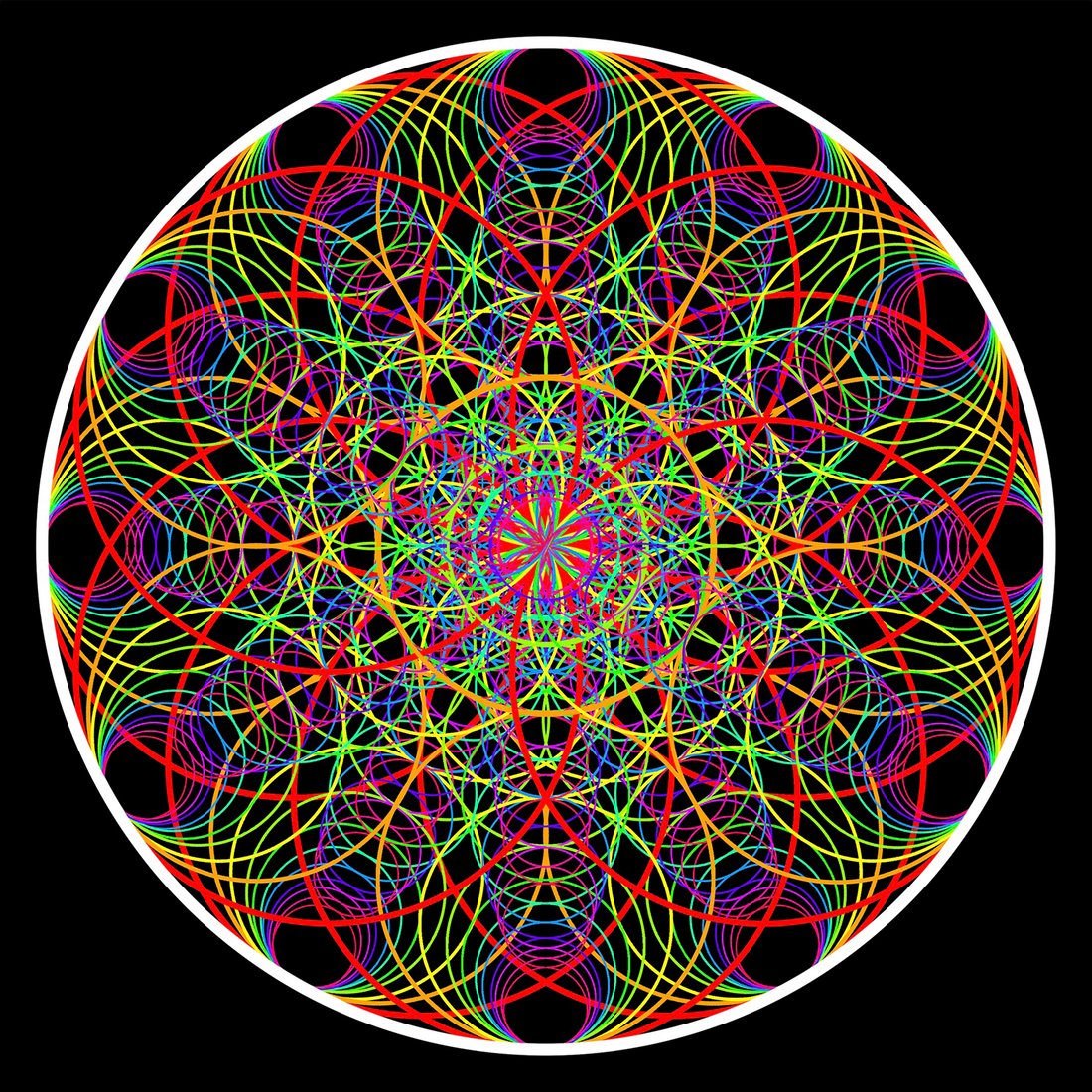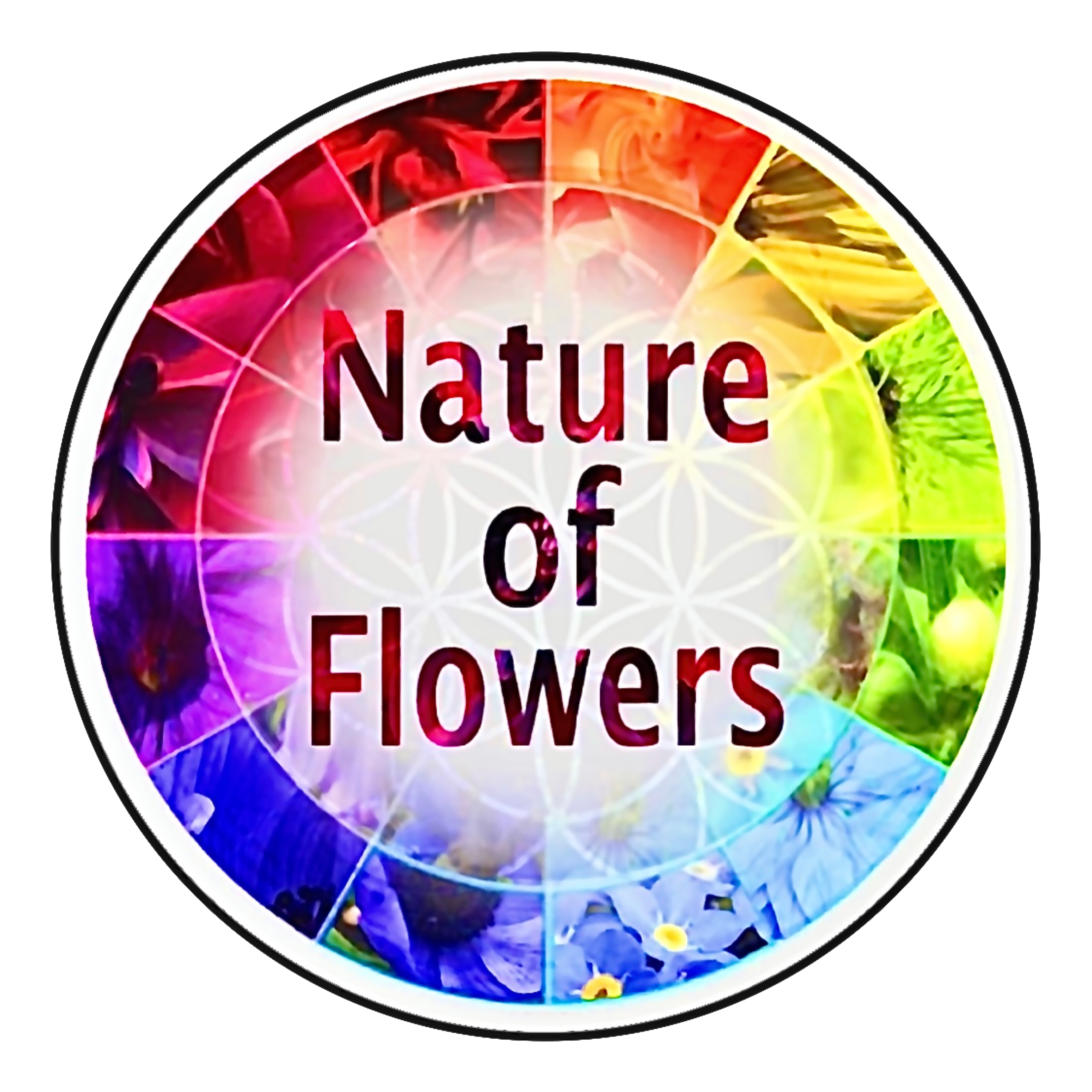Title: "Harmony Unveiled: Exploring Circular Sound Waves in Cymatics for Artistic Expression"
Introduction:
Cymatics, the study of visible sound and vibration, has long fascinated artists and scientists alike. In this blog post, we delve into the captivating world of circular sound waves and their profound influence on the creation of artworks. From mesmerizing patterns to innovative artistic expressions, circular sound waves in cymatics offer a unique avenue for artists to explore and push the boundaries of creativity.
Understanding Circular Sound Waves:
Circular sound waves, often observed in cymatics experiments, result from sound frequencies interacting with a medium, such as a liquid or powder. These waves manifest as intricate, concentric patterns that dance across the surface, creating a visual representation of the unseen forces at play. This phenomenon has become a source of inspiration for artists seeking to merge the auditory and visual realms.
Translating Sound into Visual Poetry:
The marriage of circular sound waves and art opens up new possibilities for creativity. By capturing these patterns through photography or video, artists can freeze moments of sonic beauty and use them as a foundation for their work. Whether it's paintings, digital art, or installations, the captured essence of circular sound waves adds a unique layer to the artistic process.
Influence on Traditional and Digital Art:
Traditional artists can draw inspiration from cymatics to infuse their work with a sense of dynamic energy. The organic, flowing patterns of circular sound waves can be translated onto canvases or sculptures, creating pieces that resonate with both sight and sound. Digital artists, on the other hand, can harness technology to manipulate and enhance cymatic patterns, incorporating them seamlessly into their creations.
Interactive Installations:
Circular sound waves open the door to interactive art installations that engage viewers on a multisensory level. By incorporating real-time cymatic displays, artists can invite participants to not only see but also experience the impact of sound on visual aesthetics. This immersive approach transforms the observer into an active participant, deepening the connection between the artwork and its audience.
Synthesis of Science and Art:
The fusion of scientific exploration and artistic expression is evident in the use of circular sound waves. Artists collaborating with scientists or conducting their experiments can push the boundaries of both disciplines, creating a dialogue between the analytical and the creative. This synthesis not only produces visually stunning artworks but also contributes to our understanding of the intricate relationship between sound and form.
Conclusion:
Circular sound waves in cymatics offer artists a captivating canvas upon which to paint their sonic visions. As technology advances and our comprehension of the interplay between sound and art deepens, we can anticipate even more innovative and mesmerizing creations. The marriage of science and art, through the exploration of circular sound waves, continues to inspire a new wave of creativity that transcends traditional boundaries.

